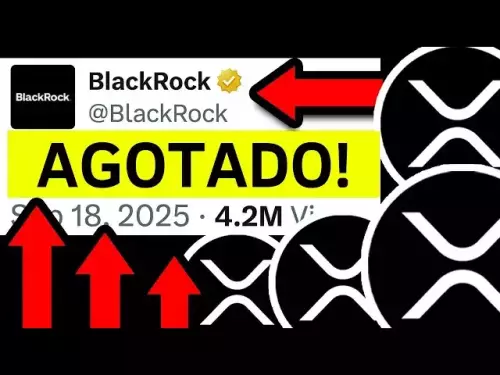-
 bitcoin
bitcoin $115761.354377 USD
-1.37% -
 ethereum
ethereum $4475.268687 USD
-2.95% -
 xrp
xrp $2.997758 USD
-2.97% -
 tether
tether $1.000517 USD
0.02% -
 bnb
bnb $986.306400 USD
-0.03% -
 solana
solana $239.777963 USD
-3.17% -
 usd-coin
usd-coin $0.999885 USD
0.01% -
 dogecoin
dogecoin $0.266431 USD
-5.31% -
 tron
tron $0.344054 USD
-2.27% -
 cardano
cardano $0.895891 USD
-3.84% -
 hyperliquid
hyperliquid $56.136248 USD
-3.59% -
 chainlink
chainlink $23.595739 USD
-4.88% -
 avalanche
avalanche $33.902799 USD
-4.84% -
 ethena-usde
ethena-usde $1.001134 USD
0.02% -
 sui
sui $3.673881 USD
-5.41%
How to manage multiple open futures positions?
Track cumulative risk across all futures positions by monitoring net delta, margin usage, and correlations to avoid overexposure and improve resilience during volatility.
Sep 18, 2025 at 04:01 am
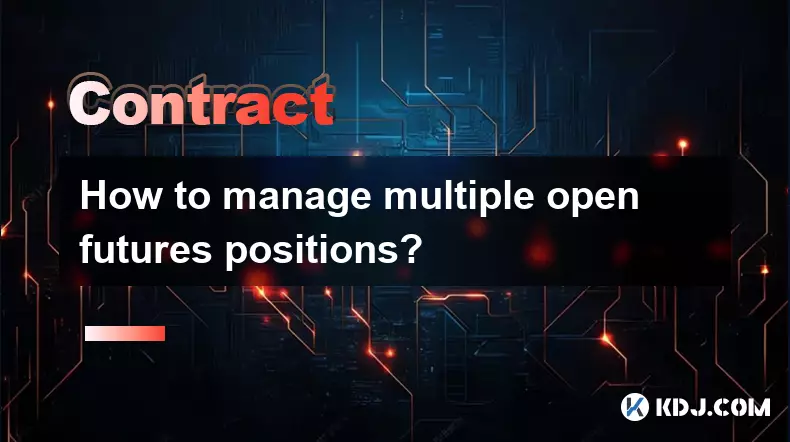
Understanding Risk Exposure Across Multiple Positions
1. Each open futures position contributes to overall market exposure, and failing to track cumulative risk can lead to oversized losses. Traders must calculate net delta, gamma, and notional value across all positions to understand directional bias and volatility sensitivity.
2. Utilizing a centralized dashboard or trading journal allows real-time monitoring of position sizes, entry prices, liquidation levels, and margin usage. This visibility prevents over-leveraging, especially when trading across exchanges like Binance, Bybit, or OKX.
3. Correlation between assets must be evaluated. Holding long positions in both BTC and ETH during a broad market downturn may result in simultaneous drawdowns, amplifying losses despite appearing diversified.
4. Setting a maximum portfolio margin threshold—such as limiting total margin use to 60%—helps preserve buffer against volatility spikes and liquidation cascades.
Position Sizing and Leverage Management
1. Applying fixed fractional sizing—allocating a percentage of equity per trade—ensures no single position dominates risk. For example, risking no more than 2% of total capital per trade maintains sustainability over extended drawdowns.
2. High leverage may amplify gains but drastically reduces liquidation buffers. A 50x leveraged position can be wiped out by a 2% adverse move. Using lower leverage across multiple positions increases survival probability during volatile squeezes.
3. Adjusting position size inversely to volatility—reducing size during high VIX-like conditions in crypto—helps maintain consistent risk profiles. Tools like ATR (Average True Range) can guide dynamic sizing.
4. Cross-margin and isolated margin modes require different handling. Isolated margin limits loss to allocated funds, while cross-margin exposes entire balance—strategic allocation between modes adds control layers.
Hedging and Dynamic Rebalancing
1. Actively hedging directional exposure with offsetting positions—such as holding short BTC perpetuals while long on altcoin futures—can reduce net beta to the broader market.
2. Rebalancing frequency depends on volatility. In fast-moving markets, rebalancing every 12–24 hours prevents drift from target allocations. Automated bots can assist in executing predefined rebalancing rules.
3. Funding rate differentials across exchanges can be exploited through carry trades, but require monitoring of counterparty risk and withdrawal limits when moving assets between platforms.
4. Using options as hedges—for example, buying put options on BTC while holding leveraged long futures—provides asymmetric protection without daily funding costs.
Monitoring Liquidation Triggers and Funding Costs
1. Liquidation prices should be clearly visible for each position. Tight stop-losses may avoid liquidation but increase whipsaw risk; wider buffers require larger equity reserves.
2. Funding payments accumulate over time, especially in contango markets. A portfolio with multiple long positions during sustained positive funding can erode profits even if price moves favorably.
3. Realized vs. unrealized PnL tracking helps assess true performance. Unrealized gains on one position may be offset by hidden funding drains on others.
4. Setting alerts for funding rate spikes or sudden IV expansions enables proactive position adjustments before costs become prohibitive.
Common Questions
How do I calculate total risk when holding 10+ futures positions?Sum the notional value of all positions, adjust for correlation using beta coefficients, and apply stress tests for -5%, -10%, and -15% market moves. Track maximum drawdown under historical volatility regimes.
Should I use the same leverage for every position?No. Leverage should vary based on asset volatility, time horizon, and confidence level. Low-liquidity altcoins warrant lower leverage than major pairs like BTC/USDT.
What tools help manage multiple futures trades effectively?TradingView for alerts, CoinGlass for liquidation heatmaps, and custom spreadsheets with API integrations provide consolidated views. Some traders use Hummingbot or custom scripts for automation.
How often should I review my open futures portfolio?Daily reviews are minimum. During high volatility or macro events (e.g., Fed announcements, exchange hacks), monitoring every 4–6 hours is advisable to adjust stops or hedge exposure.
Disclaimer:info@kdj.com
The information provided is not trading advice. kdj.com does not assume any responsibility for any investments made based on the information provided in this article. Cryptocurrencies are highly volatile and it is highly recommended that you invest with caution after thorough research!
If you believe that the content used on this website infringes your copyright, please contact us immediately (info@kdj.com) and we will delete it promptly.
- Bitcoin, the CLARITY Act, and Senators: A New York Minute on Crypto's Capitol Hill Hustle
- 2025-09-20 18:45:16
- XRP, Digitap, and Crypto Cards: A New Era for Digital Finance in NYC and Beyond
- 2025-09-20 18:45:16
- SUI Tokens in 2026: Will You Be Sipping Mai Tais?
- 2025-09-20 18:55:12
- Dogecoin, ETFs, and Returns: What's the Hype?
- 2025-09-20 18:25:12
- Coinbase's Crypto Super App Ambitions: Bank Replacement or Pipe Dream?
- 2025-09-20 18:25:12
- Bitcoin ETF Inflows: Riding the Market Momentum Wave
- 2025-09-20 18:30:13
Related knowledge
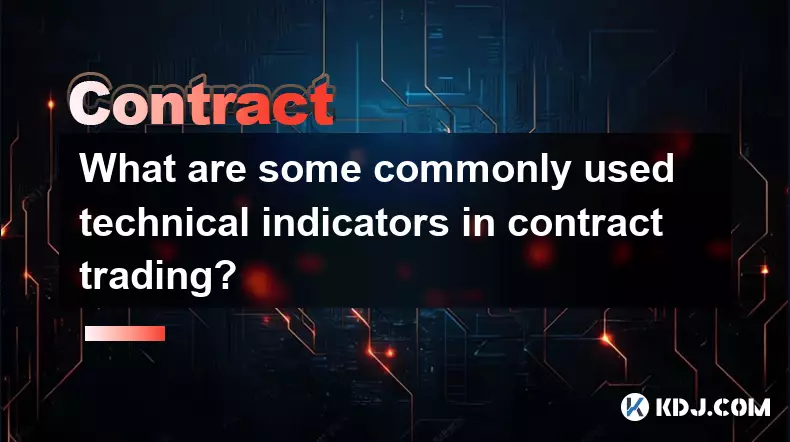
What are some commonly used technical indicators in contract trading?
Sep 19,2025 at 05:54pm
Popular Technical Indicators in Contract Trading1. Moving Averages (MA) are among the most widely adopted tools in contract trading. Traders use both ...
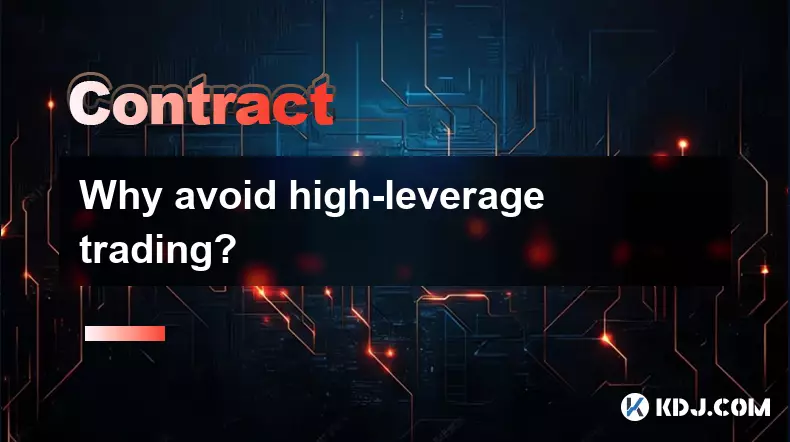
Why avoid high-leverage trading?
Sep 20,2025 at 04:00am
Understanding the Risks of High-Leverage Trading1. Leverage amplifies both gains and losses, making high-leverage positions extremely volatile. A smal...
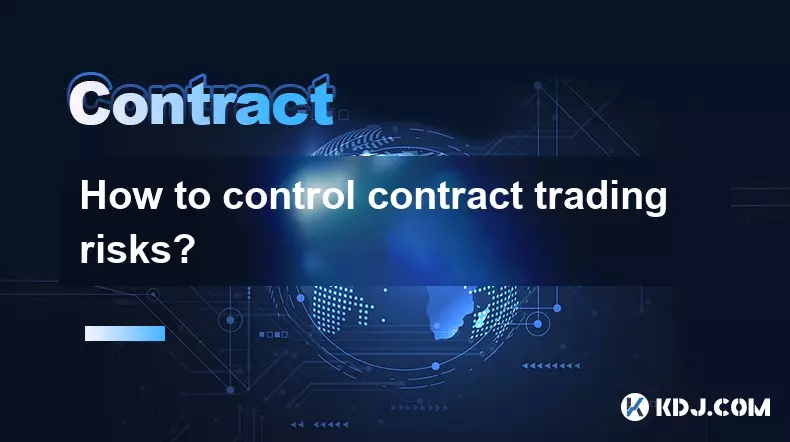
How to control contract trading risks?
Sep 20,2025 at 01:00pm
Risk Management Strategies in Contract Trading1. Set stop-loss orders for every position to automatically close trades when losses reach a predetermin...

What is the long-short position ratio?
Sep 18,2025 at 08:36pm
Understanding the Long-Short Position Ratio in Crypto TradingThe long-short position ratio is a key metric used by traders and analysts in the cryptoc...
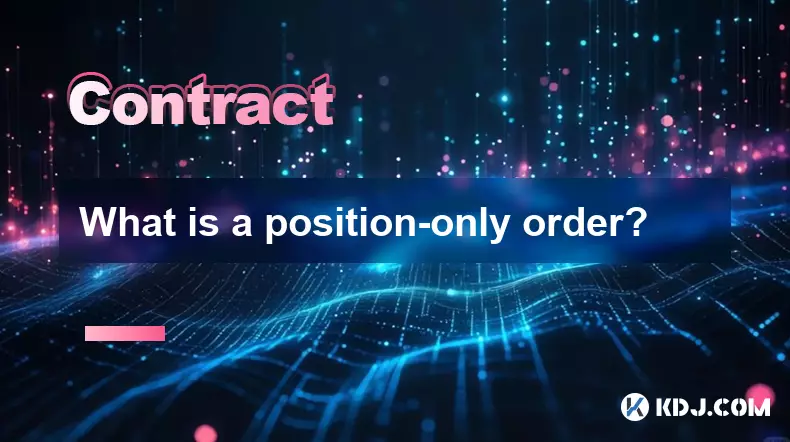
What is a position-only order?
Sep 19,2025 at 02:00pm
Decentralized Finance and Its Role in Modern Cryptocurrency Ecosystems1. Decentralized finance, commonly known as DeFi, has restructured how financial...
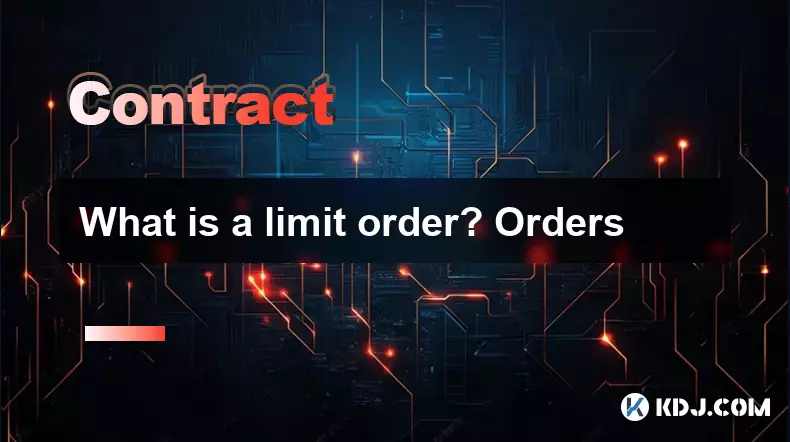
What is a limit order? Orders
Sep 19,2025 at 12:36am
Understanding Limit Orders in the Cryptocurrency Market1. A limit order is a type of trade instruction that allows traders to set a specific price at ...

What are some commonly used technical indicators in contract trading?
Sep 19,2025 at 05:54pm
Popular Technical Indicators in Contract Trading1. Moving Averages (MA) are among the most widely adopted tools in contract trading. Traders use both ...

Why avoid high-leverage trading?
Sep 20,2025 at 04:00am
Understanding the Risks of High-Leverage Trading1. Leverage amplifies both gains and losses, making high-leverage positions extremely volatile. A smal...

How to control contract trading risks?
Sep 20,2025 at 01:00pm
Risk Management Strategies in Contract Trading1. Set stop-loss orders for every position to automatically close trades when losses reach a predetermin...

What is the long-short position ratio?
Sep 18,2025 at 08:36pm
Understanding the Long-Short Position Ratio in Crypto TradingThe long-short position ratio is a key metric used by traders and analysts in the cryptoc...

What is a position-only order?
Sep 19,2025 at 02:00pm
Decentralized Finance and Its Role in Modern Cryptocurrency Ecosystems1. Decentralized finance, commonly known as DeFi, has restructured how financial...

What is a limit order? Orders
Sep 19,2025 at 12:36am
Understanding Limit Orders in the Cryptocurrency Market1. A limit order is a type of trade instruction that allows traders to set a specific price at ...
See all articles


























